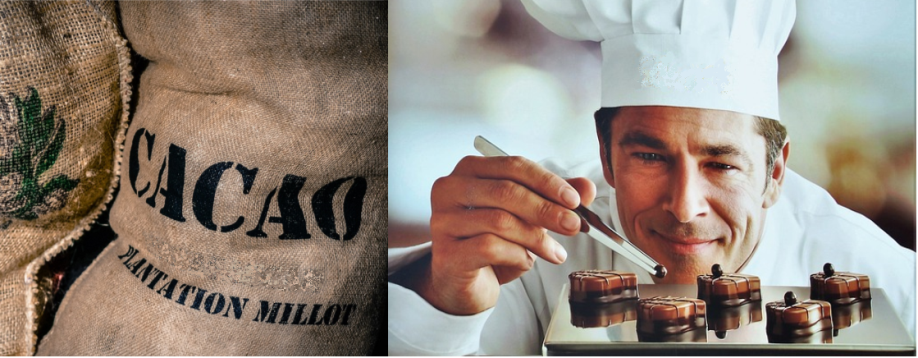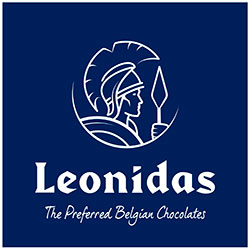
Luxury Belgian Chocolates – Cacao Crafted Flavour Taste and Healthy Lifestyle!
Talking about chocolate in January!
Too soon after the traditional festive indulgences, you might think.
New Year is all about the ‘detox’, isn’t it? Getting back into shape, saying “no” to your sweet tooth cravings!
Well, just for the month anyway… it won’t be long till Valentine’s Day when you’re sure to be choosing your loved one’s favourite chocolate assortment. Or perhaps treating yourself to a little luxury Belgian chocolate.
Of course, we also live in an age that seems to be constantly focused upon healthy eating and adopting a more natural lifestyle. But did you know that the luxury chocolate industry may be more at the forefront of some of the changes in how we now make our eating choices than you might think.
One in four willing to pay more for a luxury brand
There has been a noticeable shift towards consumers willing to pay that bit extra for healthier, high cocoa content chocolate rather than snacking on mass market supermarket products.
A 2018 survey of 2000 UK consumers by leading consumer magazine, The Grocer found that more than half (53 per cent) rated taste as the most important factor. No surprise there of course. However, the distinction between taste simply satisfied by sugar content as opposed to the subtleties of the cacoa bean is a significant factor. More than one in three (34 per cent) said they were interested in trying chocolate with high cocoa content, i.e. 60 per cent cocoa or more.
The survey also appeared to also indicate an awareness of the health benefits of consuming ‘luxury’ chocolate brands where the cocoa content is high. As a result, one in four (25 per cent) claimed they were willing to pay more for a luxury brand when buying chocolate for themselves, and nearly one in two (44 per cent) when buying as a gift. The “permissible indulgence” of high quality luxury chocolate is seen as acceptable in playing its part in a healthy diet if consumed in moderation.
Chocolatiers committed to highest quality, cocoa-rich products with less added sugar (or preservatives) can sustain their consumer appeal as the perceived healthier option, especially, the dark chocolate varieties. The key is the cacoa content with its ‘notes’ unique to a brand product, and a superior, rich taste experience.
Rich source of antioxidants
The seeds or “nibs” of the Theobroma cacao tree, which have been linked to cures and therapies for a wide variety of diseases and conditions, can be traced back more than 2,000 years. Cacoa is rich in polyphenols – micronutrients obtained from certain plant-based foods – and modern research seems to show that the purest cacoa chocolate can be a rich source of antioxidants to reduce inflammation, improve cholesterol levels, lower blood pressure, and possibly reduce heart disease risk.
Pure cacao is made by cold-pressing un-roasted cacao beans, while pure cocoa butter – known as Theobroma oil – is also pressed out of the cacao beans. Only the highest proportion of pure cocoa butter is used to produce the finest quality, luxury chocolates, handcrafted for over a century by artisanal chocolatiers, such as Godiva, Neuhaus, and of course Leonidas, made with 100 per cent cocoa butter.
But the chocolatier’s art of perfecting a taste of the sublime – yearned for by all true chocolate aficionados – can often be a complex affair. Did you know… that in the same farm, there can be many different types of cacao, and the same tree can grow a variety of genetically different cacao pods. Even inside the same cacao pod there are beans of differing colours.
The many further variables can ultimately, also affect the final product, from the seasonal weather to laboratory techniques, timings and temperature. And let’s not forget the individual craft skills of the chocolatier themselves. The greatest reputations for quality and taste are built upon many decades of constant taste refinement and uniqueness infused at every stage of the making process. But it is also about sustaining consistency.
Specific flavour tasting notes
Discerning quality chocolate lovers expect to obtain exactly the same taste experience each time they return to their favourite luxury selection. Ultimately, brand reputation and customer loyalty is built upon sustaining consistency, which will always deliver the desired flavour taste gratification. Yet, at the same time, each ballotin of luxury handcrafted chocolate should also convey a sense of its “momentary” uniqueness in offering its own specific flavour tasting notes.
It’s the reason why sustainable health and wellbeing is not necessarily incompatible with a devotion to the crafted luxury chocolate experience. Indeed, each new collection, offering unique flavours and tasting notes will be eagerly anticipated, throughout the year, notably at Christmas, on Valentines Day, Mothers Day and Easter.
Whatever the occasion or celebration, there is always a conversation to be had about the pleasures of luxury chocolates, and which selection of taste flavours you know you are unable to resist. And why would you?


